Szent-Györgyi Albert Memorial Room
The biochemist Albert Szent-Györgyi (1893-1986) carried on his researches started in Cambridge and Groeningen at the University of Szeged as the head…

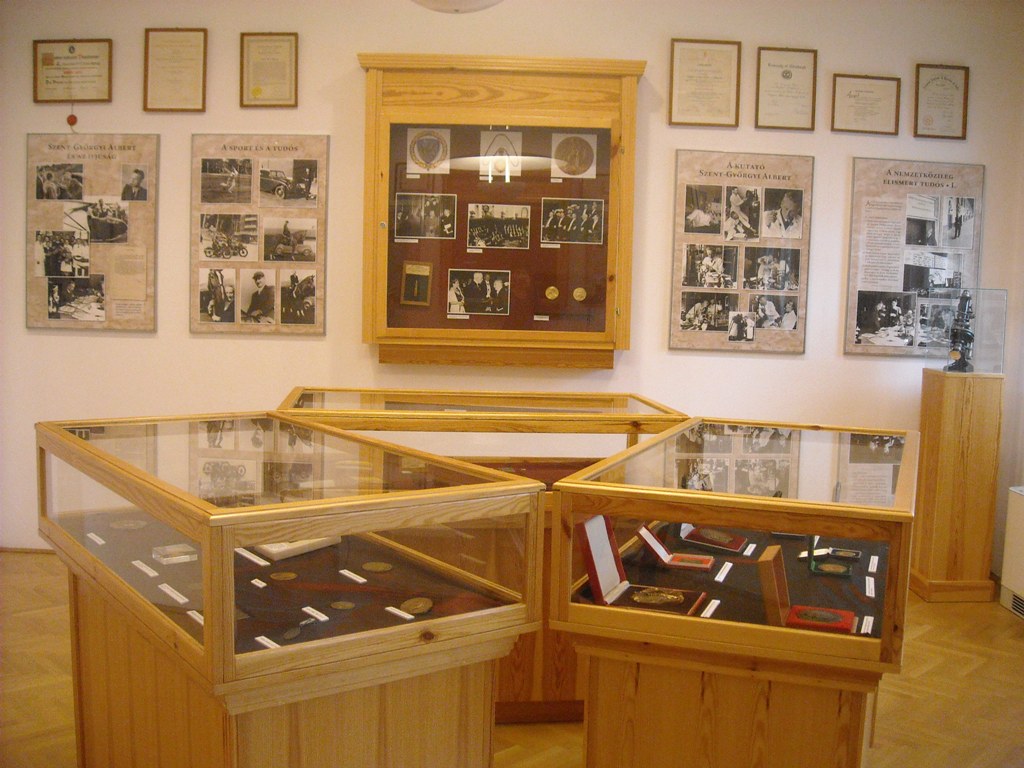
The biochemist Albert Szent-Györgyi (1893-1986) carried on his researches started in Cambridge and Groeningen at the University of Szeged as the head…
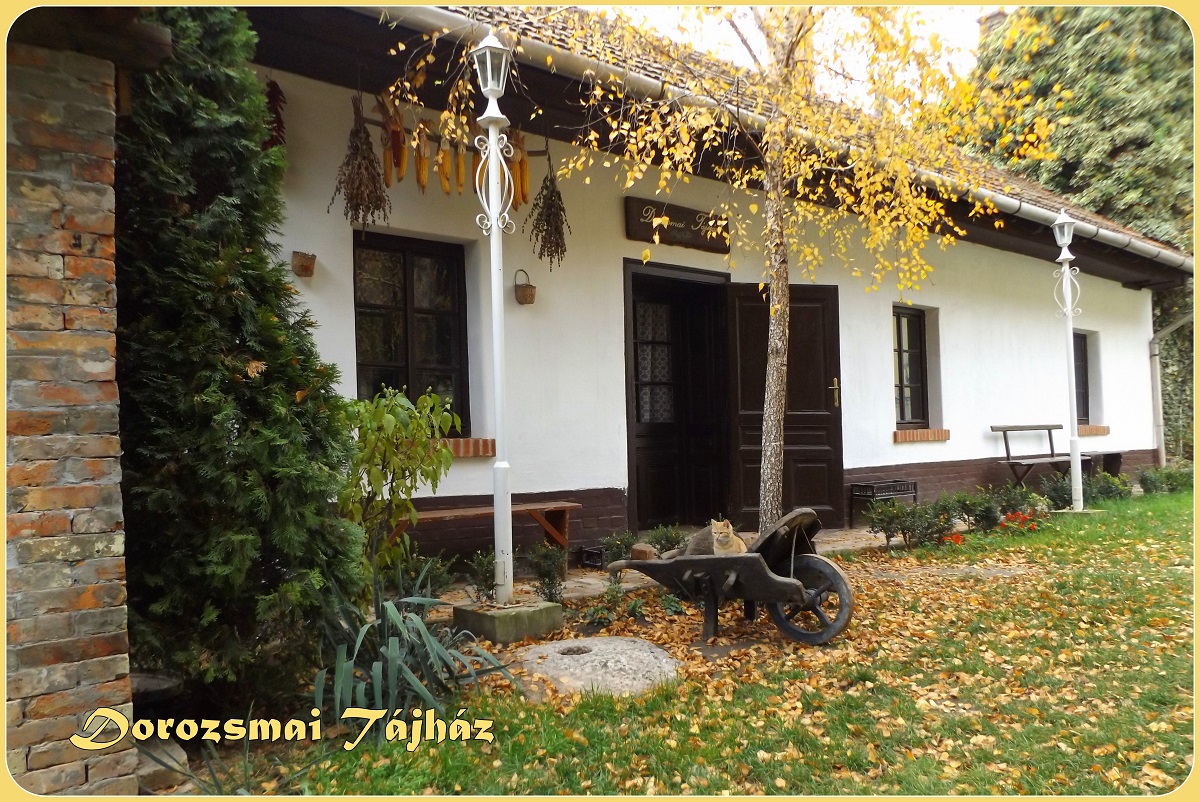
The sights of Szeged include the Dorozsmai Country House and the Farmer’s House. Szeged-Kiskundorozsma is a place where you can see the folk and the “bourgeois” material, intellectual culture of…
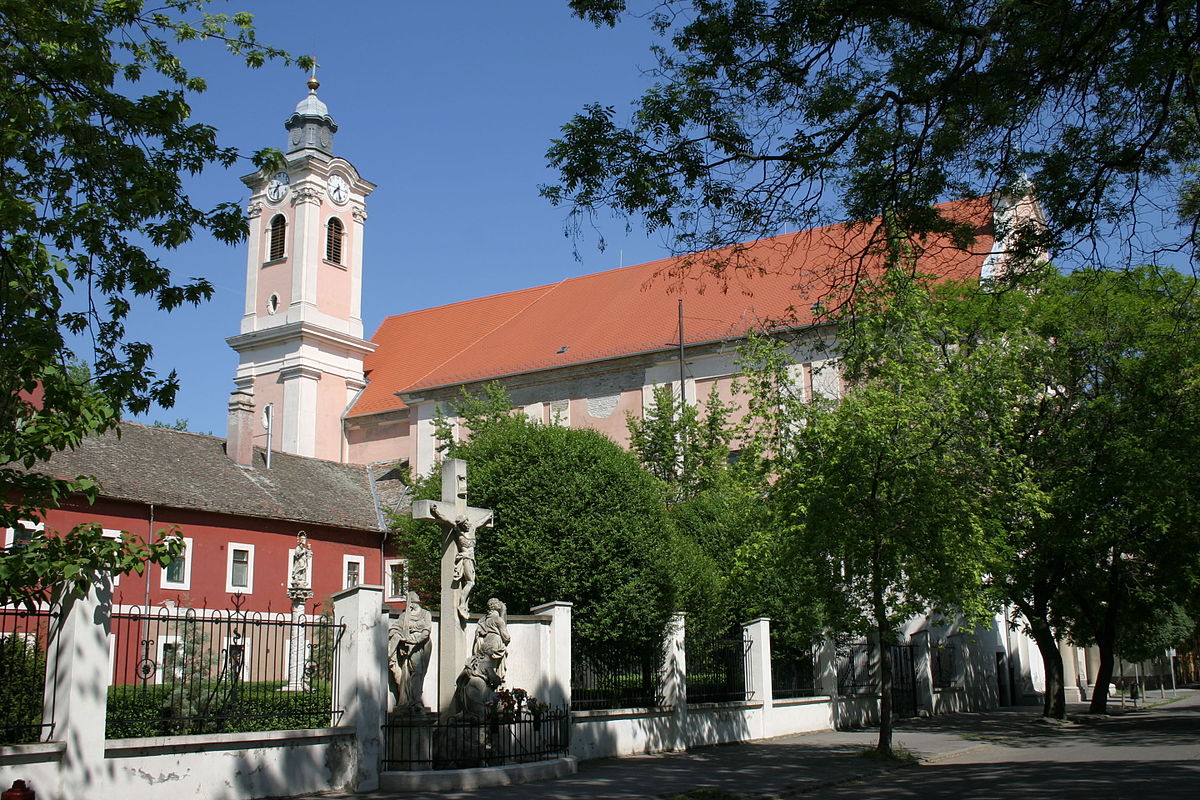
Szent György tér (Saint George Square) at József Attila Avenue, received its name after an old church. The Saint George Church, probably built in the 13th century, stood at the…
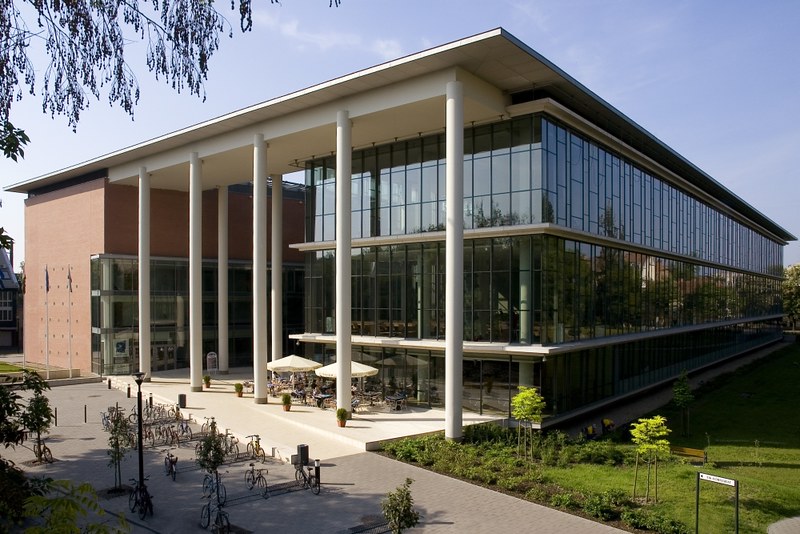
The education and congress centre of the University of Szeged.
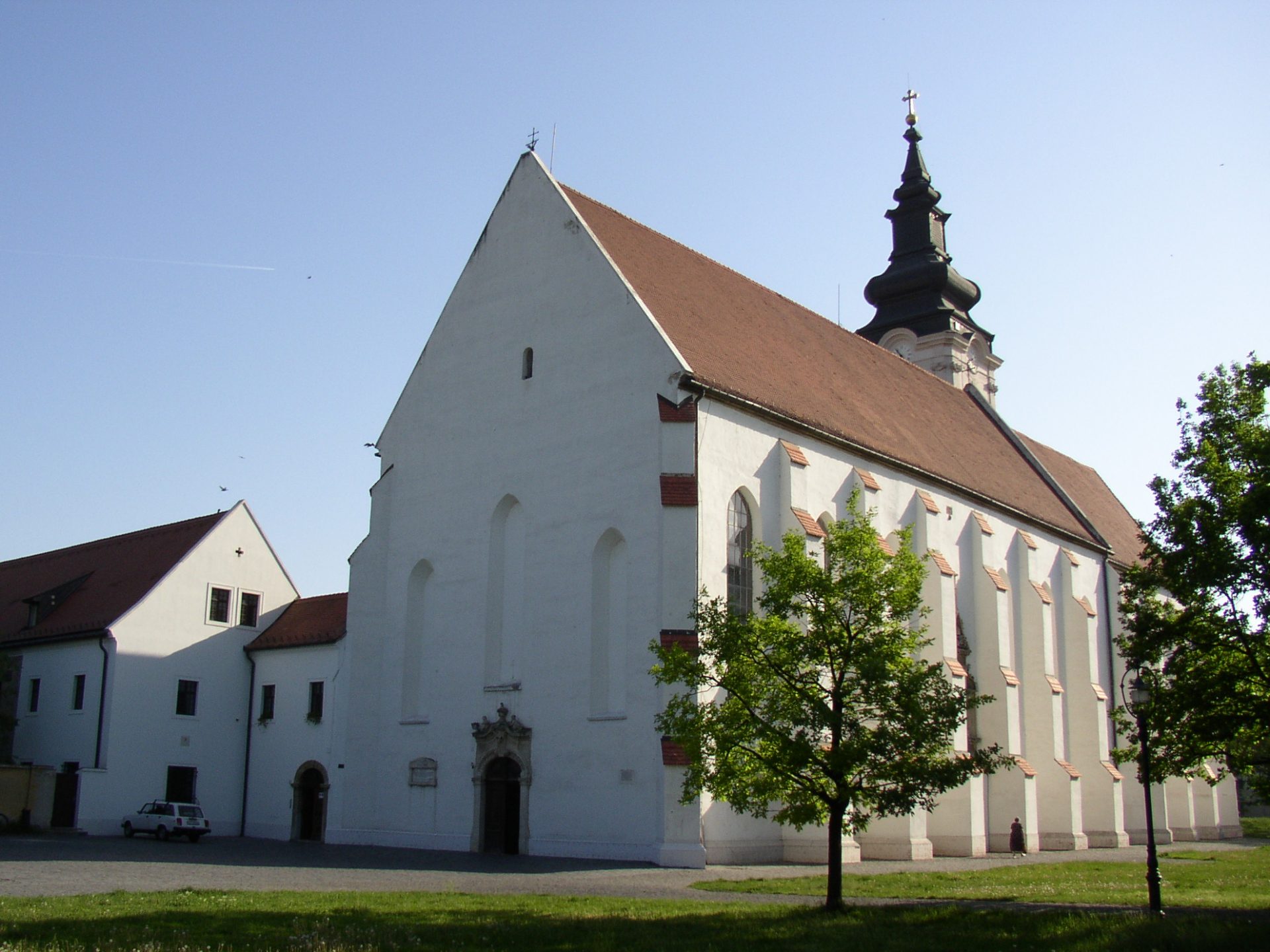
The Franciscan church dedicated to Our Lady of the Snows and the cloister nearby are precious architectural heritages of Szeged.
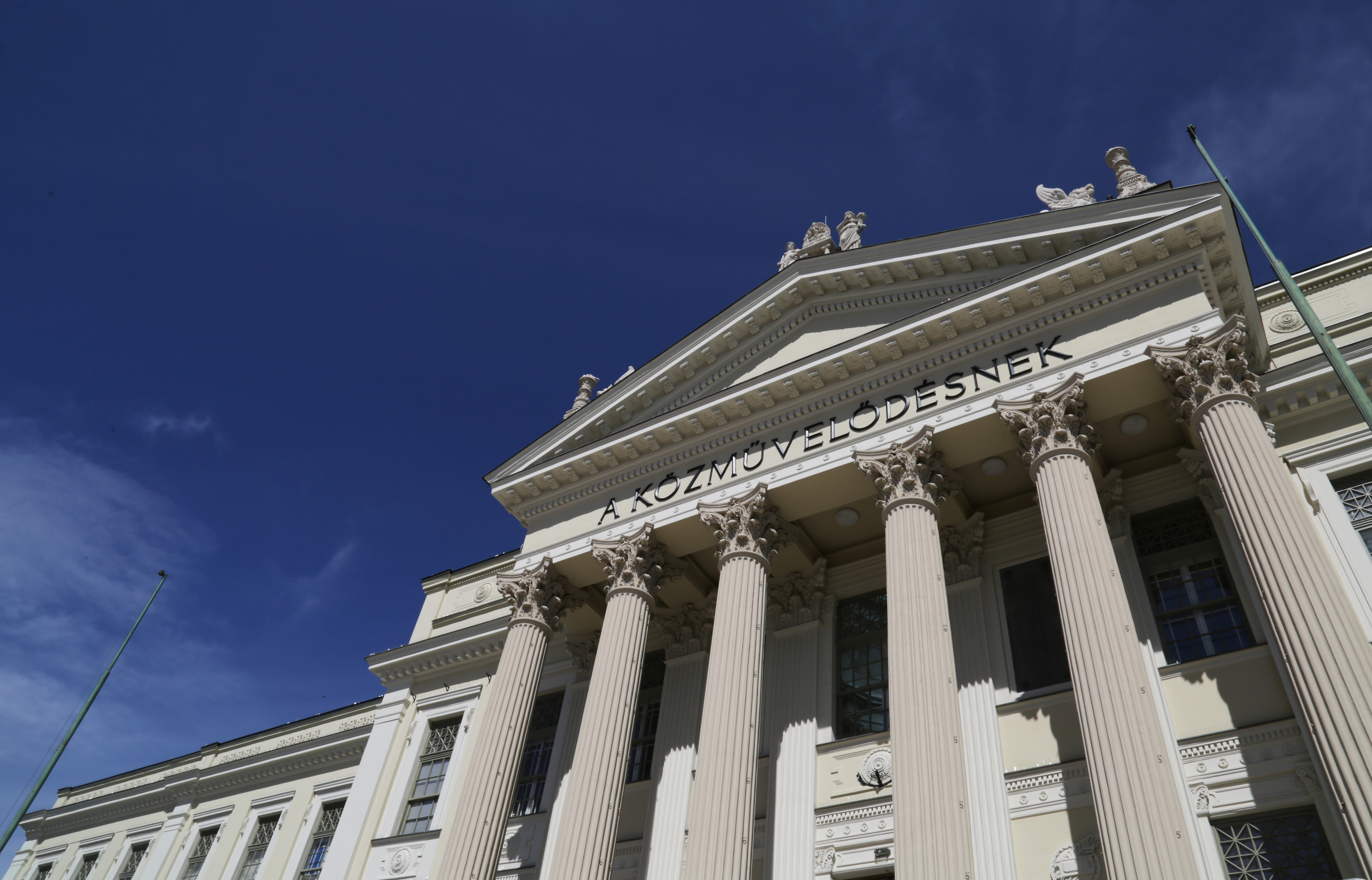
The most impressive product of the building fever of the millennium in Szeged is the Palace for Public Education built in neo-classicist style in 1896.